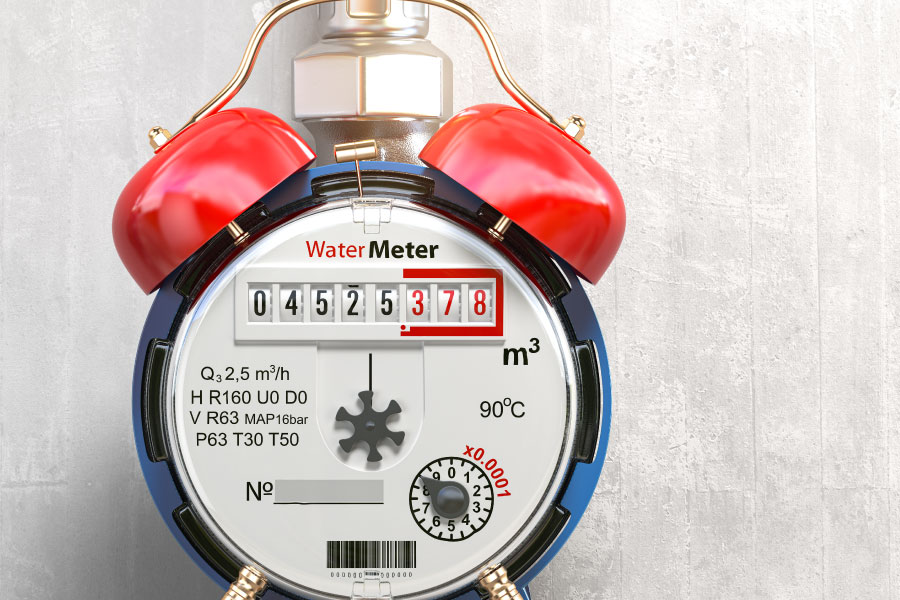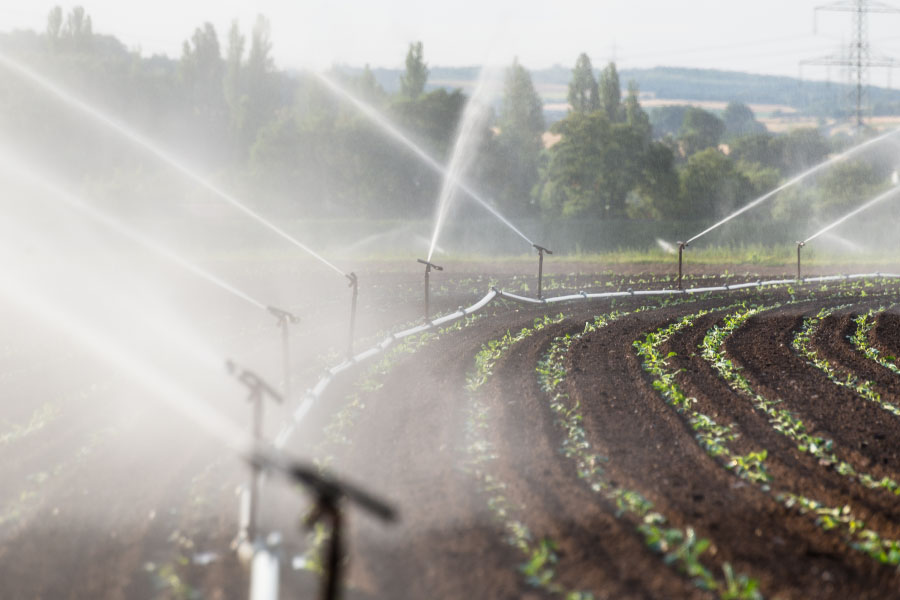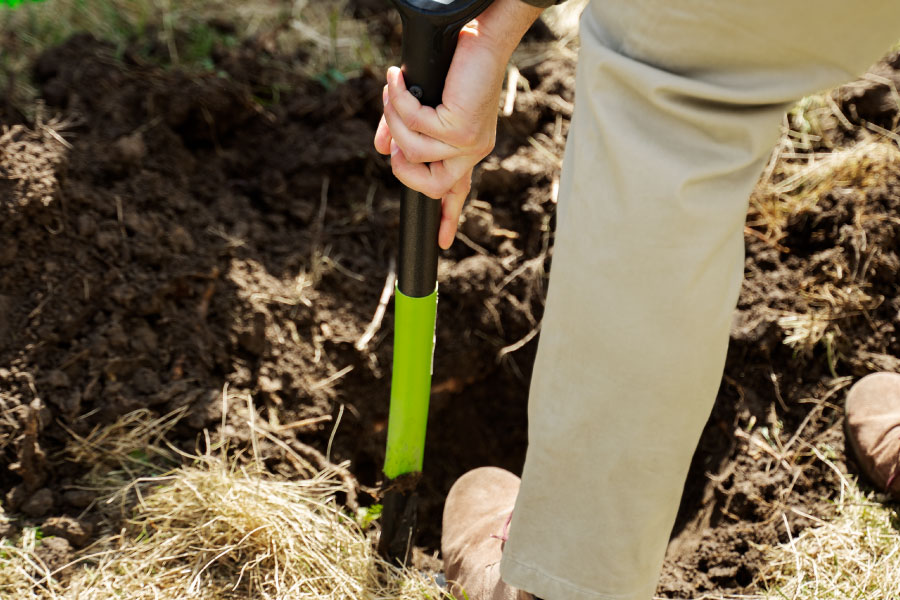
Ecological dry toilet: An alternative to save water

Hello, my friend
Thank you for reading our article and we invite you to visit our blog. Knowing more about the role that water plays in our planet is necessary.
Here's why dry bathing is a good option
We are at a point where global warming is advancing non-stop, and that makes saving water a priority. Humans are constantly searching for sustainable solutions that help us conserve water in a smart way.
Among different sustainable solutions, ecological dry toilets have emerged as an eco-friendly and water-efficient alternative to conventional toilets. In this article, we will explore what dry toilets are, their purpose, advantages, disadvantages, available types and most importantly, how much water they can save.
What is an ecological dry bath?
An ecological dry toilet is a type of toilet that does not use water to transport human waste to a treatment plant. Instead, it relies on alternative methods such as natural decomposition through composting or evaporation. Ecological dry toilets use materials such as sawdust, wood chips, compost or ash to absorb moisture and odors from feces and urine.
For what and who use the dry toilet?
Dry toilets are used as an alternative to conventional toilets that require a large amount of water to operate. They are especially useful in areas where water supply is limited or expensive, for example, people living in arid locations where water is very limited, as well as in communities looking to reduce their carbon footprint and minimize environmental impact.
Types of dry baths
Composting toilets: These toilets use composting to decompose human waste. The waste is placed in a container with absorbent materials and regularly covered with organic material. Over time, the waste decomposes and becomes usable compost.
Dewatering baths: In these baths, waste is dehydrated by adding absorbent materials such as sawdust or peat. This reduces the volume of waste and prevents the proliferation of odors. The dehydrated waste can then be composted or disposed of safely.
Incineration toilets: Some dry toilets use incineration to dispose of waste. Waste is placed in a container that incinerates it at high temperatures, turning it into ash. While this method is effective for waste disposal, it also requires energy and can generate pollutant gas emissions if not handled properly.
YOU MAY BE INTERESTED IN: What should be the average water consumption in a house.

Advantages of dry bathing
Water conservation: The most important advantage is water savings. Dry toilets do not require water to operate, which means that they do not contribute to the depletion of this resource.
Low construction and maintenance cost: Dry toilets are generally cheaper to build and maintain than conventional toilets, as they do not require connections to sewer or water mains, which simplifies their installation.
Pollution reduction: By not relying on sewage and wastewater treatment systems, dry toilets reduce water pollution by preventing waste from coming into contact with natural water sources.
Organic fertilizer: Human waste can be composted and used as organic fertilizer to enrich the soil.
Energy independence: By not relying on energy infrastructure for wastewater treatment, dry toilets can provide greater energy independence for communities, especially in remote areas.
Disadvantages of dry bathing
Potential disease risk: If not properly designed, constructed and maintained, dry toilets can pose a risk of disease transmission through contact with contaminated feces.
More frequent emptying: Dry toilets require manual emptying, as compared to conventional toilets, which require only a lever to be pulled. Emptying must be done carefully to avoid spills and contamination of the floor.
Requires space for composting: In the case of dry toilets that use composting to break down waste, additional space is required for storage, and this can be a challenge in densely populated urban areas.
It requires education and change of habits: Adopting and maintaining a dry toilet requires education and change of habits on the part of users, as humans are accustomed to the conventional toilet. It is important to follow proper use and maintenance practices to ensure its effectiveness and minimize negative impacts.
How much water does a dry toilet save?
Initially, stay with this fact, and is that a conventional toilet contains 6 to 16 liters of water in the tank, so the amount of water saved by a dry toilet that does not need water is quite a lot, compared to a conventional toilet. We must take into account the type of toilet and the frequency of use, but in general, a dry toilet can save between 80% and 95% of the water consumed by a conventional toilet.
In other figures, a dry toilet can save between 30,000 to 60,000 liters of water per person per year.
In conclusion, ecological dry toilets offer a sustainable and efficient alternative for saving water resources. While they present challenges and require a commitment on the part of users, the benefits in terms of water savings are obvious. It pays to have a dry toilet in your home.




